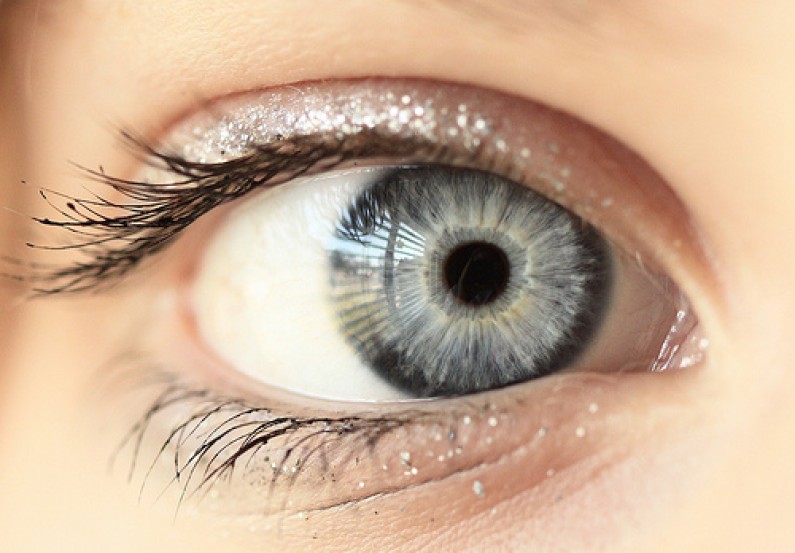

Do you know a child that hates to read? Does he skip words or letters? Does he complain of headaches? Do the words dance or jump on the page? Do you often hear him say can’t do it before he has tried or even worse, tell you he is dumb or stupid? Twenty-five percent of children have a vision problem affecting learning. In fact, in many cases, these are the same children that can get labeled as learning disabled or misdiagnosed with AD(H)D.
Studies indicate that more than 60 percent of children identified with learning difficulties could actually suffer from undetected vision problems. In many cases, these children have also been inaccurately diagnosed with attention deficit hyperactivity disorder (ADHD) or attention deficit disorder (ADD).
When a child struggles to learn, hates to read, or is falling behind in school, vision is often overlooked despite the fact that 80 percent of learning comes through the eyes. Parents often say, “My child passed the 20/20 vision test at school, so why are they having problems reading?”
The “20/20 vision test” was designed during The Civil War to determine if an officer could shoot successfully at 20 feet. The ability to see 20 feet away, although important, is not an indication as to how well the eyes are working when looking close. In the classroom, most learning is performed at close range. In many cases, several hours a day are spent on personal computers, notebooks, or iPad.
A person’s eyes are designed to work together to give us a clear visual field. However, those that suffer from convergence insufficiency (CI), which is an eye coordination disorder in which the two eyes are not able to work together, often experience not only visual but learning deficits. The eyes must successfully team, track, and process information. If the vision system is compromised and the eyes are not able to work together, convergence/divergence or focus (accommodation) learning is a significant challenge. In fact, 15 out of the 18 symptoms used to diagnose AD(H)D are also symptoms of vision-related learning.
Vision problems affect a child’s ability to read, learn, comprehend, and focus. In many cases, these are the same children that avoid work or take hours to do 20 minutes of homework. These are also the same children that often act out because of the frustration in reading and learning.
A study detailed on the American Optometric Association’s website suggested a link between involuntary eye movement and Attention Deficit Hyperactivity Disorder (ADHD). However, if eye movements are controlled, it will improve attention span. Most parents do all they can to ensure their children academic success.
Parents try to send their children to the best schools, where they are offered the most challenging programs and opportunities to learn. However, the question remains are they missing one of the most important indicators to determine if the child is able to work to his full potential? The brighter the child, the harder it is for them because they see those around them grasping the information and they cannot.
It was explained to parents, “It doesn’t matter if your child is gifted or not, if vision isn’t working right, your eyes don’t send the right signals to your brain. It’s like having a real high-speed computer, but if the keyboard isn’t working, you get the wrong information, if any.”
If you know someone that is struggling, call a local Developmental Optometrist to get an evaluation. For more information, visit COVD’s website, www.covd.org, to find a developmental optometrist near you.
Blog by Gina Marie Giorg


